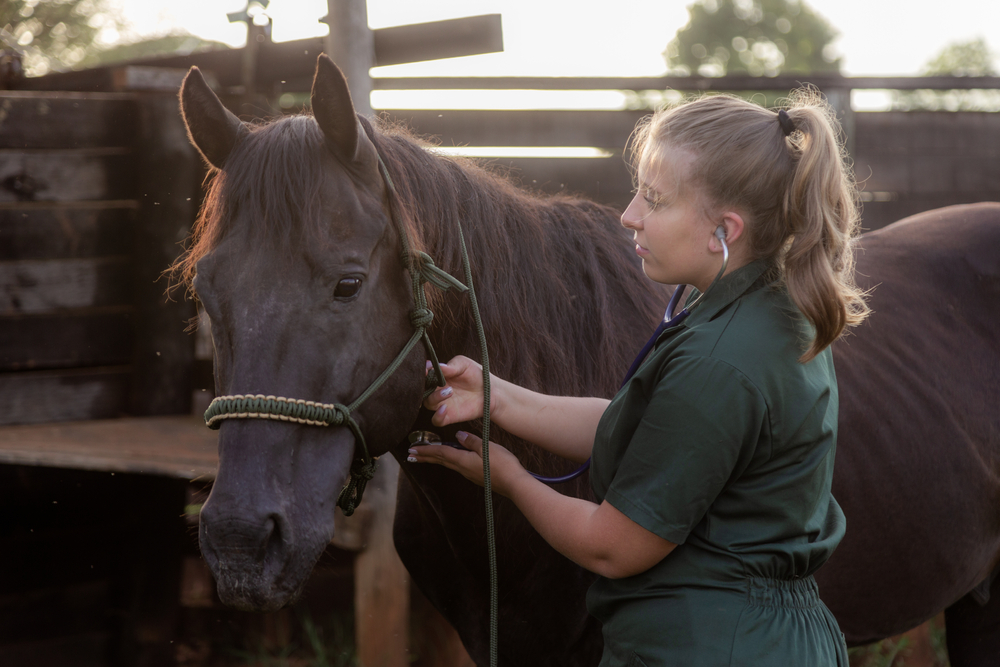Researchers say just by having you run on a treadmill, they can predict your chances of dying in the next decade. Scary stuff, right?
Johns Hopkins cardiologists analyzed 58,000 heart stress tests to come up with an algorithm called the FIT Treadmill Score. The score factors in peak heart rate and metabolism.
Scores ranged from negative 200 to positive 200 — the more positive the score, the lower your mortality risk in the next 10 years. Patients with scores from 0 to 100 had a 3 percent chance of death in the next decade, while patients scoring 100 to 200 had a 2 percent chance.
But the numbers were much, much different for those who scored less than 0. Patients between 0 and negative 100 had an 11 percent chance of dying in the next 10 years, while those in the negative 100 and below range had a 38 percent chance of death.
The researchers hope this treadmill test will not only serve as a mainstream test for cardiologists around the nation since it's relatively accurate, simple and cheap, but also motivate people to get in shape.
Senior study author Michael Blaha added, "The notion that being in good physical shape portends lower death risk is by no means new, but we wanted to quantify that risk precisely by age, gender and fitness level, and do so with an elegantly simple equation."
"Look, if this is in your power to change and improve your number, pump up the speed. It's all about getting a high heart rate. You can actually change a bit of your destiny on this," said ABC's Dr. Jennifer Ashton, who was not involved in the study.
Treadmill stress tests generally consist of a patient walking on a treadmill and gradually increasing speed and incline. The test normally runs until the patient is exhausted or has met a predetermined goal.
But as Shape Magazine points out, this one doesn't take into account countless other variables, like electrocardiogram readings, so it's much less time-intensive.
The study was released in the journal Mayo Clinic Proceedings.
This video includes images from Getty Images.










